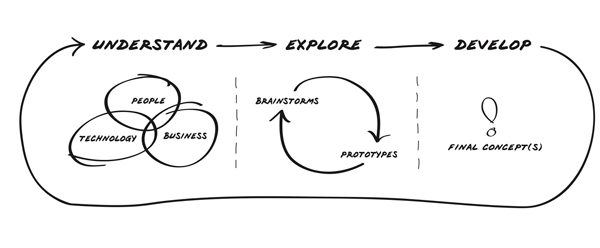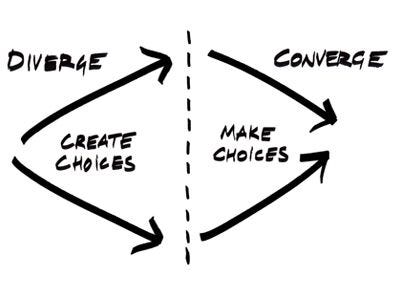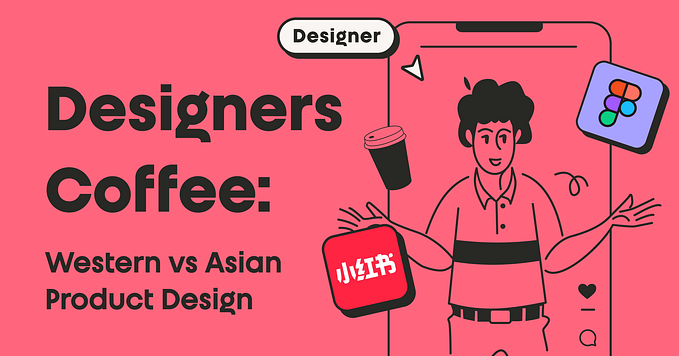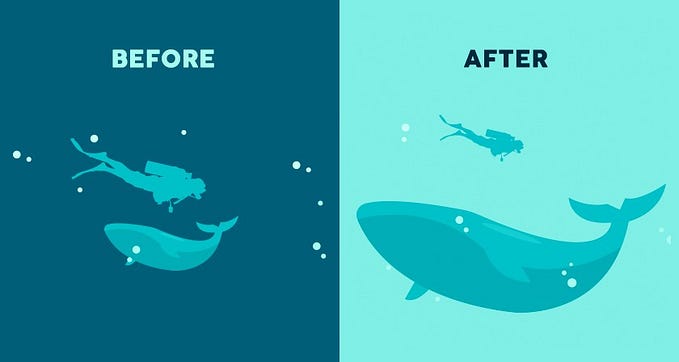
6 Practical Skills for UX Designers
Thoughts on how to transform the way you develop products, services and processes
While we can all agree that the way senior designers and junior designers approach problems is markedly different, what exactly is it that separates the novices from the seasoned pros?
Here are a few practical skills to hone as you embark on your journey as a designer.
1. View design solutions from 10,000 feet
As I mentioned previously, designers need to have perspective and to understand complex problems, without getting bogged down by the details too early on.
A mentor of mine remarked that designers do more than just motivate a user to click a button or even complete a task. UX designers must view the design problem and have a frame of mind “10,000 feet” above.
It considers previous thoughts, attitudes, competitors and other tools that operate within the system that the user interacts with.
Consider context rather than your specific scenario. void designing in a silo no matter what stage of the design progress you are in.
2. Focus on core issues
The ability to focus on core issues allows designers to successfully work with difficult problems.
Experienced UX designers are comfortable throughout all phases of a project, even when faced with scale or abstract issues that don’t have an answer yet.
They are able to form hypothesis, collect data on their initial thinking and translate verbal ideas into visual concepts through design development and refinement.

3. Stay human focused
Ask questions during critique that are user focused.
It is important to understand and can articulate a human-centered approach to design and be comfortable going out into the world for inspiration.
Ask the following: What is the problem ? Who is the user? Why are we solving this specific problem? What is their goal?
All these drill down into the core value behind what you end up delivering.

4. Influence your peers using design thinking
Great UX designers are also expert communicators — whether through verbal(telling stories, clarifying concepts for designers and non-designers, etc.) or visual (wireframes, sketches, mockups) methods.
They can explain their point of view without becoming argumentative and bring a fresh perspective to the table.


5. Observe and learn relentlessly
Design is a rapidly changing field. It is necessary to keep learning, keep growing and stay up to date on technological changes.
- Seth’s Blog — Interesting ideas on marketing and business
- Creative Mornings — a breakfast lecture series for the creative community
- LukeW — On web, usability and digital design strategy
- 24 Best UX Links to Learn Design
- Best UX Links of 2016
A mindset of learning and growth is one to cultivate over a lifetime.
6. Grit

Grit is passion and perseverance for very long-term goals. Grit is having stamina. Grit is sticking with your future, day in, day out, not just for the week, not just for the month, but for years, and working really hard to make that future a reality. Grit is living life like it’s a marathon, not a sprint.
— Angela Lee Duckworth, TED speaker, Grit: The power of passion and perseverance
While grit may seem unrelated to design, I believe it’s a practical and useful trait to develop especially for creative person’s mindset.
Grit allows us to last through failure. It burns not just off of passion but from hard work.


For designers, it may look like hobbies and side projects, or design explorations beyond the required. It is a optimistic outlook for what’s coming next. The most valuable skill is the ability to keep learning, whether from failures or success.









